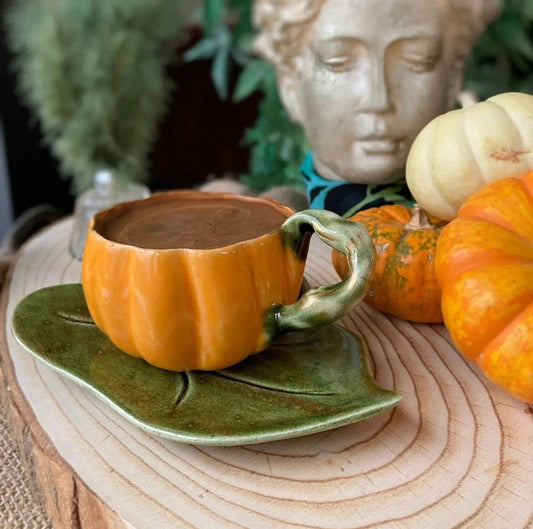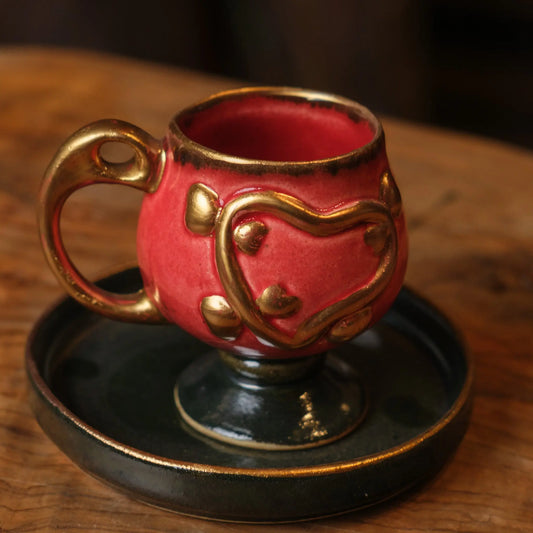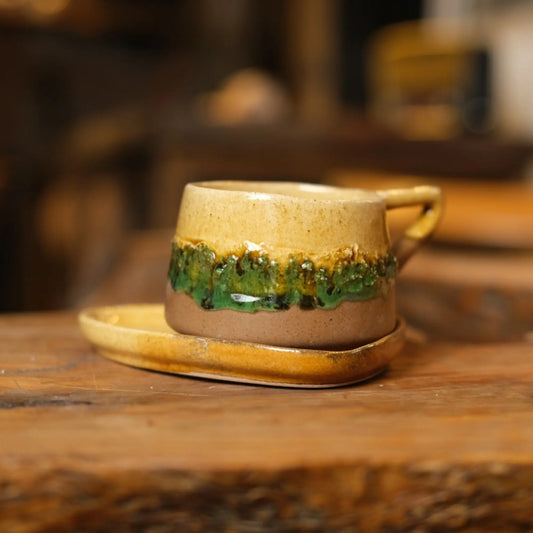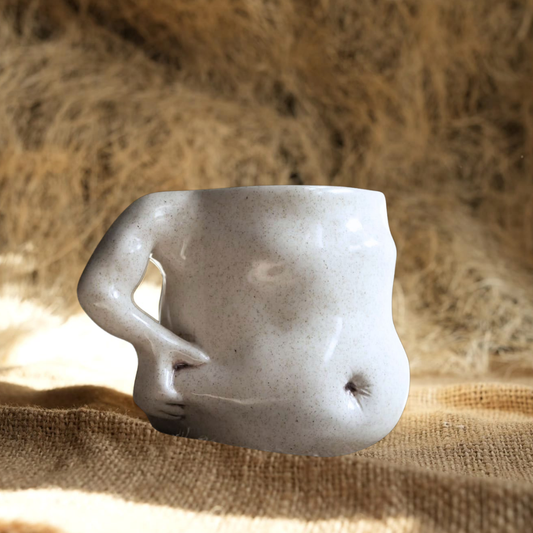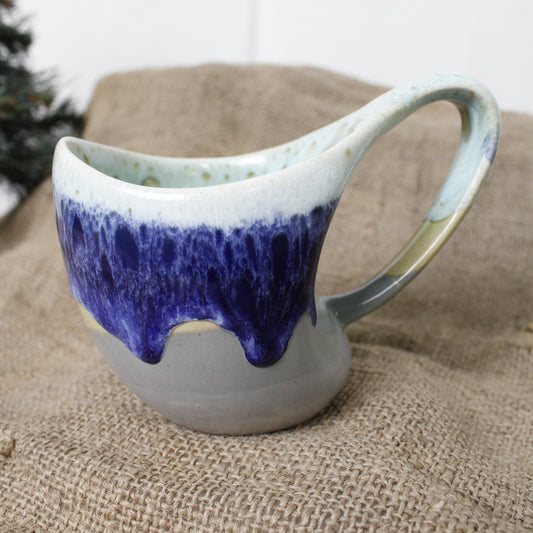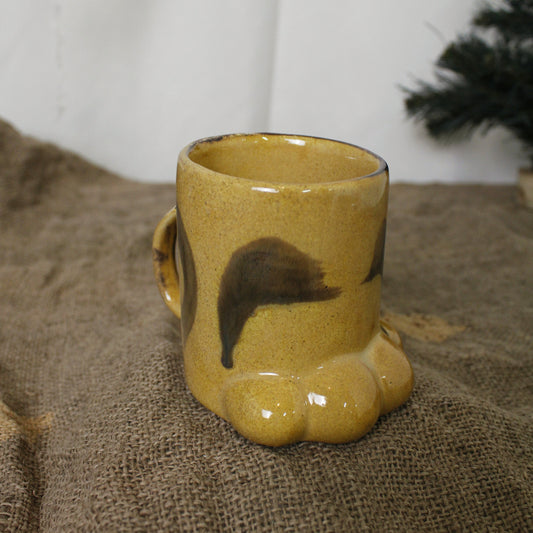History of Ceramic Pottery Art

Ceramic pottery art has held an important place in both the daily lives and artistic expressions of humanity for thousands of years. This ancient art, in which soil is combined with water to shape it and then given a permanent form with fire, is one of the oldest and most enduring legacies in human history. In this article, let's take a look at the history of ceramic pottery art and how this art has evolved over the centuries.
The Birth of Ceramics: The First Pottery
The origins of ceramic pottery date back to 10,000 BC. The first ceramic pots emerged in the Middle East, in the Mesopotamia region. During this period, people began to make clay vessels to store water and food and to make cooking more efficient. Pottery making was an important element of the transition to settled life as part of the Neolithic revolution.
The first ceramic pots were usually shaped by hand and hardened with simple firing techniques. These early examples are notable for their utility as well as the simple motifs they were decorated with. Lines, dots and geometric patterns are common in the decoration of the first pots.

The Invention of the Wheel: A Revolution in Ceramic Art
Around 4,000 BC, the potter's wheel was developed along with the invention of the wheel. The use of the potter's wheel revolutionized ceramic production. Now, finer and more regular forms could be produced quickly and effectively. This innovation accelerated the development of ceramic art in both technical and aesthetic terms.
In civilizations such as Egypt, Greece and Mesopotamia, ceramics made with wheels were widely used in daily life, and also began to be produced for ceremonial and artistic purposes. In ancient Greece, especially black-figure and red-figure pottery represents artistic peaks.

Middle Ages and Renaissance Periods: Innovations in Ceramic Art
During the Middle Ages, ceramic art developed greatly in the Islamic world. In particular, advances were made in ceramic glaze techniques, and ceramics produced during this period were decorated with rich color palettes and intricate patterns. In China, a new era in ceramic art began with the invention of porcelain. Porcelain became a treasure that spread from China to the world with its durability and elegant appearance.
During the Renaissance, ceramic art was revived in Europe. In Italy, shiny glazed ceramics called majolica became famous. During this period, artists transformed pottery into works of art by engraving mythological stories and religious scenes onto ceramic surfaces.

The Modern Era: From Tradition to Innovation
- In the 19th and 20th centuries, ceramic art was enriched by both the preservation of traditional methods and the adoption of innovative approaches. Artists began to experiment with new techniques in pottery making and viewed ceramics as both a functional and aesthetic medium. In Japan, Korea, England and America, pottery was re-valued as a form of artistic expression.
In the modern era, ceramic art reached a wider audience with industrial production, but handmade ceramics continued to be produced by artists and craftsmen as unique, original and personal works.

The Place of Ceramic Pottery Art Today
Today, the art of ceramic pottery is still very much alive. Ceramics produced using both traditional and modern techniques are exhibited in homes, museums and art galleries. Handmade ceramic products are valued as rare pieces that reflect artistic expression and a personal touch.
As Gülsüm Art House, we continue to produce completely handmade and unique products, inspired by this rich history of ceramic pottery art. Each of our cups and mugs is a reflection of this ancient art and we are proud to offer you a piece of this history.





